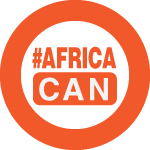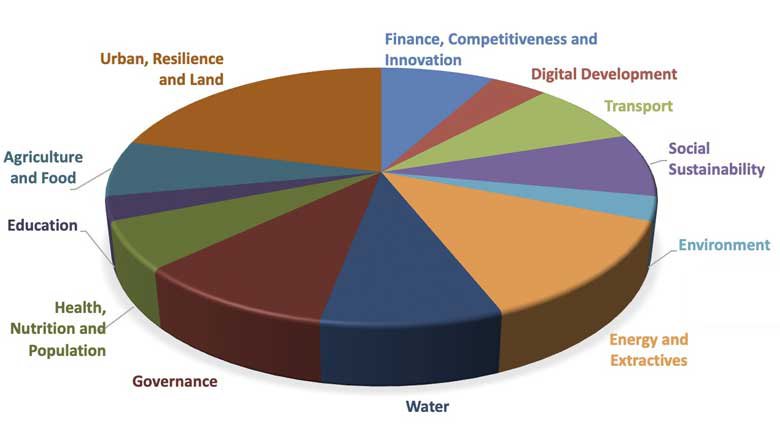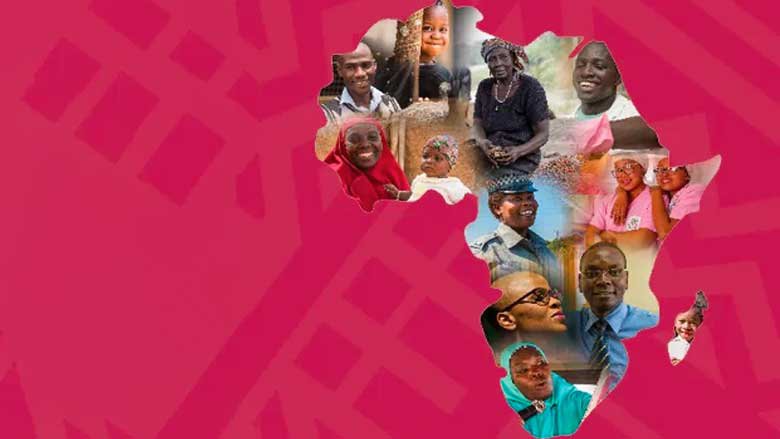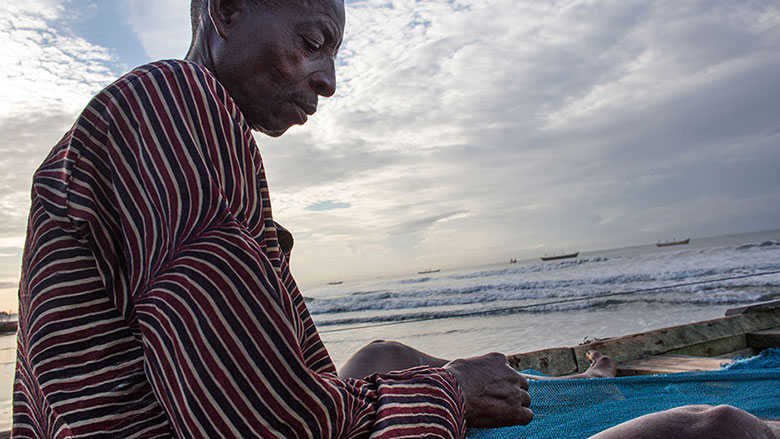Economic growth has accelerated slightly despite external shocks. GDP grew by 5.3% during the first quarter of FY24, supported by an oil-related construction boom and robust growth of agriculture, despite volatile weather conditions. An uptick in private investments and employment growth reinforced domestic demand deeper into the year, with sustained increases in output, new orders, and employment. Hence GDP is expected to grow by an estimated 6.0% in FY24. While Uganda’s exports surged with increased volumes of production and improvement in terms of trade, resumption of gold trade, and recovery of tourism, imports grew stronger supported by demand from investments into the country’s oil development program, hence weakening the current account.
The Bank of Uganda (BoU) – the central bank – tightened monetary policy in March 2024 to curb possible passthrough effects of a fast-depreciating shilling. Low inflation, averaging 2.9% during the first half of FY24, benefitted both investments and poor households. During the second half of FY24, inflation increased – gradually to 3.4% in February 2024 but is forecast to accelerate towards the target of 5%, partly on account of the shilling depreciation recently driven by intensified portfolio outflows. Hence, on March 6, 2024, BoU raised its policy rate to 10% from the 9.5% maintained since August 2023.
Real GDP growth is expected to accelerate to 6.6% in FY26, mainly driven by investments in the oil sector. With the progressed preparation of the drilling fields and supportive infrastructure, oil exports are expected to commence by the end of 2025. However, timing may slip if the financing, anticipated from external creditors delays. The investments and exports of oil will support the government’s other promotion efforts for tourism, export diversification, and agro-industrialization. Lower inflation will enable BoU to ease its stance, which, combined with reduced fiscal pressures under a fiscal consolidation, augurs well for both foreign and domestic investment. Nonetheless, the slowdown of global growth and disruptions in global financial conditions remain major downward risks.
Accelerated growth may reduce poverty (measured at the $2.15/day international poverty line) from 41.3% in 2024 to 40.1% by 2026. But because households have limited adaptive capacity, the pace of poverty reduction will ultimately depend on how food access and affordability evolve, and on the incidence of weather and any environmental shocks. The trickle-down effect of oil for the poor will depend on adopting the right set of policies and strengthening existing and setting up new institutions.
Development Challenges
Increased shocks and less momentum behind policy reform create challenges for sustaining economic growth and reducing poverty in Uganda. Rapid population growth has kept a large share of the population below the poverty line, while human capital and infrastructure deficits have limited the country’s growth potential and social welfare improvement. The challenge of creating productive jobs for the almost one million working-age Ugandans entering the labor market every year is enormous. Although services constitute a large share of GDP, it has created few jobs, mainly informal and low-skilled. Most of the jobs are in the agriculture sector which is prone to natural disasters that climate change is making more frequent and severe—and adapting to which is hampered by low adaptive capacity.
To promote economic growth and reduce poverty over the medium-term, the Ugandan economy needs to structurally transform and shift labor into more productive employment, ahead of oil revenue flows. The first required reform is to shift investments towards the private sector by reducing the cost of doing business and fostering access to finance. Second, the government must invest more strongly in human capital by shifting spending into social sectors alongside measures to reduce inequality and strengthen resilience, and promote uptake of digital and other innovative technologies.
Finally, the government needs to maintain prudent macroeconomic management alongside pursuing structural policies to manage oil revenue better while also building resilience to climate shocks.
Human Capital
Uganda’s Human Capital Index is low. Children born in Uganda today are likely to be 38% as productive when they grow up as they could be if they enjoyed complete education and full health. Children who start schooling at the age of four years are only expected to complete 6.8 years of school by their 18th birthday, compared to the Sub-Saharan average of 8.3. However, a child’s actual years of learning are 4.3, with 2.5 years considered “wasted” due to the poor quality of education.
Last Updated: Apr 03, 2024










